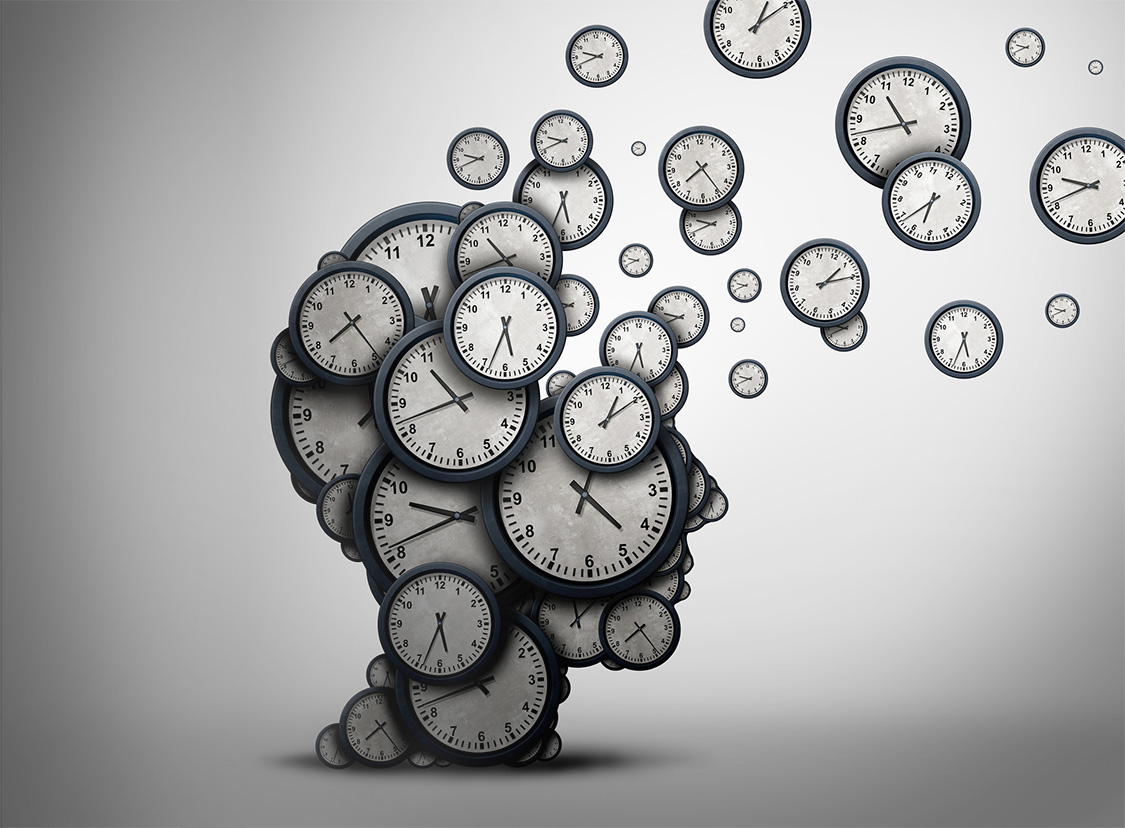Time Management Techniques for ADHD
Time management and efficient use of time are common issues in individuals with attention-related disorders (ADHD).
Below we introduce some behavioral techniques that can replace non-optimal habits and routines.
1. Create a “to do” list. Before you go to bed, list all the things you need to do for the next day or the week. Review and update the list throughout the day.
2. Divide the tasks into four categories:
-
- Urgent and Important
- Urgent but not Important
- Important but not Urgent
- Miscellaneous
3. Do the most cognitively challenging tasks during times you feel the most productive and alert. Complete mundane tasks during times that your attention is not optimal.
4. Double the time you think a task will take. Allow for interruptions and poor time estimation.
5. Use the “Pomodoro Technique”. A timer is used to break work into intervals (usually 25 minutes), separated by breaks (5-10 minutes).
6. Focus on one task at a time. Your brain is meant to focus on only one thing at a time. Multitasking reduces efficiency and performance. Individuals who multitask regularly are worse in organizing their thoughts and filtering irrelevant information.
7. Reduce the time you spend on social media. Delete the icon of the app from your phone. Turn off the notifications, banners, or anything else that may distract you, so you are not inadvertently interrupted during the workday.
8. Declutter your working space. Clutter is distracting and can make you waste time looking for things.
9. Use organizers. Spending time organizing paperwork does eventually save time and makes your work more efficient. Sort paperwork as urgent, completed, to be shredded, to be filed, etc.
10. Use appropriate lighting and room temperature. Project enough light on the task/computer you are working on. An environment that is too hot or too cold may also be distracting.
11. Always work while sitting in an upright position or standing up. The brain has receptors that detect your position and in turn modify attentional control; therefore, the way you sit is crucial regarding arousal and attention. Sitting in an upright position or standing provides better attentional control.
12. Take movement breaks. The Reticular Activation System (RAS) is the part of the brain that is responsible for you being awake and conscious. Short spurts of activity will assist in stimulating this brain area and help you attend tasks better.
Dr. Couvadelli provides executive function coaching and cognitive rehabilitation services related to time management and the treatment of ADHD. For more information please contact us at 800-240-1038.


Add Comment